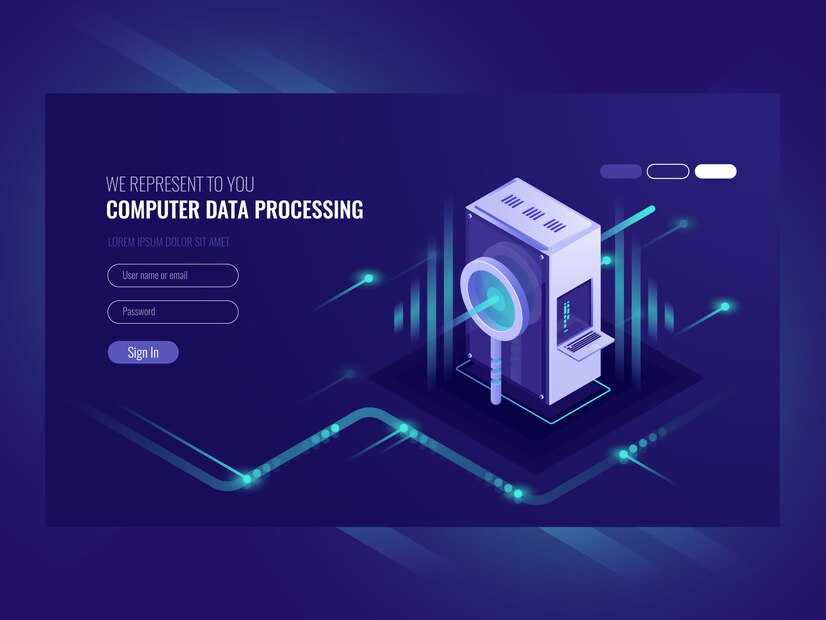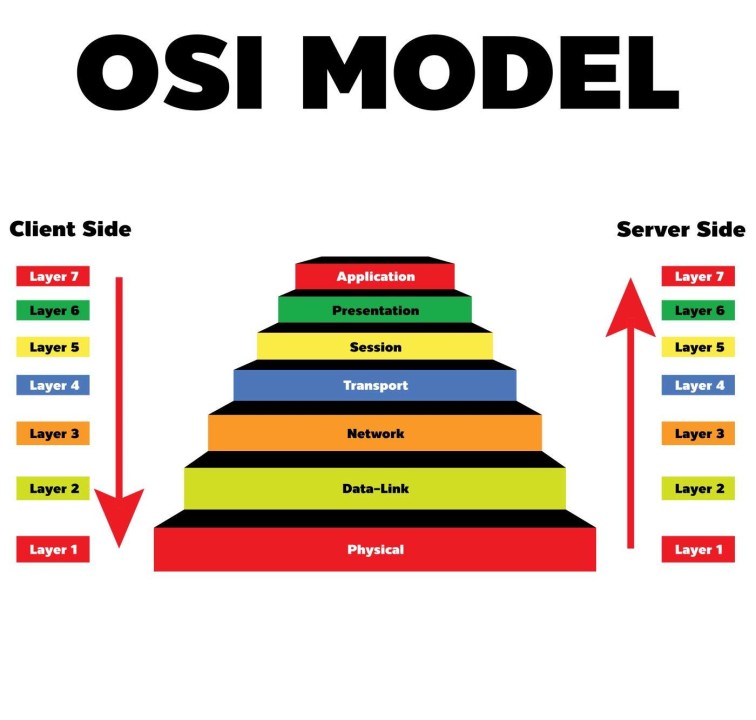
Quantum computing and machine learning are two of the most exciting fields in technology today. Each promises to revolutionize how we solve problems and analyze data. When combined, quantum computing and machine learning hold the potential to unlock new possibilities that are currently beyond our reach with classical computing methods. This article explores the intersection of these two cutting-edge technologies, discussing their principles, current research, and future prospects.
Understanding Quantum Computing
Quantum computing is a field of computing based on the principles of quantum mechanics, which govern the behavior of particles at the atomic and subatomic levels. Unlike classical computers that use bits as the smallest unit of information (either 0 or 1), quantum computers use quantum bits or qubits. Qubits have the unique ability to exist in multiple states simultaneously thanks to the principles of superposition and entanglement.
- Superposition:
- Superposition allows qubits to be in a combination of 0 and 1 states at the same time. This means that a quantum computer can process a vast amount of information simultaneously.
- Entanglement:
- Entanglement is a phenomenon where qubits become interconnected such that the state of one qubit instantly influences the state of another, regardless of the distance between them. This property enables highly coordinated and efficient computations.
Fundamentals of Machine Learning
Machine learning (ML) is a subset of artificial intelligence (AI) that involves the development of algorithms that allow computers to learn from and make decisions based on data. ML algorithms can identify patterns, make predictions, and improve their performance over time without being explicitly programmed for specific tasks.
There are several types of machine learning:
- Supervised Learning:
- Involves training a model on a labeled dataset, which means that each training example is paired with an output label. Common applications include image recognition and spam detection.
- Unsupervised Learning:
- The model learns patterns from unlabeled data. It is often used for clustering and association problems, such as customer segmentation and market basket analysis.
- Reinforcement Learning:
- Involves training an agent to make decisions by rewarding desirable behaviors and punishing undesirable ones. This method is widely used in robotics and game playing.
Quantum Computing Machine Learning: Synergies and Applications
Combining quantum computing with machine learning, often referred to as quantum machine learning (QML), promises to enhance the capabilities of traditional ML algorithms. Here’s how:
- Speed and Efficiency:
- Quantum computers can process and analyze data at speeds unattainable by classical computers due to their ability to perform many calculations simultaneously. This can significantly speed up training times for ML models.
- Handling Complex Problems:
- Quantum computing is well-suited for solving optimization problems, which are common in machine learning. Problems that involve finding the best solution from a vast number of possibilities, such as in feature selection and hyperparameter tuning, can benefit greatly from quantum approaches.
- Enhancing Neural Networks:
- Quantum neural networks (QNNs) aim to utilize qubits to create more complex and capable neural networks. QNNs can potentially handle higher-dimensional data spaces and discover patterns that are invisible to classical neural networks.
- Improving Data Sampling:
- Quantum algorithms like the Quantum Principal Component Analysis (QPCA) can extract principal components of data more efficiently than classical algorithms, which is crucial for tasks such as data compression and noise reduction.
Current Research and Developments
Research in quantum computing machine learning is rapidly progressing. Several notable developments and projects include:
- Quantum Algorithms for ML:
- Algorithms such as the Quantum Support Vector Machine (QSVM) and Quantum k-Means have been developed to leverage quantum computing for classification and clustering tasks.
- Quantum Annealing:
- Companies like D-Wave Systems are pioneering quantum annealing, a type of quantum computing used to solve optimization problems. Quantum annealers have shown promise in tasks like training Boltzmann machines and solving the Travelling Salesman Problem.
- IBM’s Qiskit and Google’s Cirq:
- IBM and Google have developed open-source quantum computing frameworks (Qiskit and Cirq, respectively) that include libraries for implementing quantum machine learning algorithms. These platforms allow researchers and developers to experiment with QML on simulated and actual quantum processors.
- Quantum-enhanced Reinforcement Learning:
- Research into quantum reinforcement learning is exploring how quantum algorithms can accelerate the learning process in environments that require sequential decision-making. Quantum agents could potentially learn optimal strategies faster than classical agents.
Challenges and Future Directions
While the potential of quantum computing machine learning is immense, several challenges remain:
- Quantum Hardware Limitations:
- Current quantum computers, known as Noisy Intermediate-Scale Quantum (NISQ) devices, are prone to errors and limited in the number of qubits they can handle. Overcoming these hardware limitations is crucial for practical applications.
- Algorithm Development:
- Developing efficient quantum algorithms that can outperform their classical counterparts is a significant challenge. Many quantum algorithms are still in the theoretical stage and require further refinement and validation.
- Resource Requirements:
- Quantum algorithms often require substantial computational resources, both in terms of qubits and classical pre-processing and post-processing. Balancing these requirements is essential for practical implementations.
- Talent and Expertise:
- There is a shortage of experts skilled in both quantum computing and machine learning. Bridging this talent gap through education and interdisciplinary collaboration is critical for advancing the field.
Despite these challenges, the future of quantum computing machine learning looks promising. Several potential directions for future research and development include:
- Quantum-enhanced Data Processing:
- Developing quantum algorithms for large-scale data processing tasks such as big data analytics and real-time data streams.
- Quantum Cryptography and Security:
- Leveraging quantum principles to enhance data security and privacy in machine learning applications. Quantum cryptographic methods can ensure secure communication and data integrity.
- Interdisciplinary Applications:
- Exploring applications of QML in fields like drug discovery, material science, and finance. Quantum-enhanced simulations can accelerate discoveries and innovations across various domains.
- Quantum-inspired Algorithms:
- Even without fully operational quantum computers, quantum-inspired algorithms can provide performance improvements for classical computers. These algorithms mimic quantum processes to solve complex problems more efficiently.
Conclusion
The convergence of quantum computing and machine learning, encapsulated in the term quantum computing machine learning, represents a frontier with the potential to transform technology and science. By leveraging the unique properties of quantum mechanics, quantum computing can address some of the most significant challenges faced by classical machine learning. Although there are considerable hurdles to overcome, ongoing research and development efforts are paving the way for breakthroughs that could redefine the limits of computation and data analysis.
As we stand on the cusp of this new era, the collaborative efforts of researchers, technologists, and policymakers will be crucial in unlocking the full potential of quantum computing machine learning. By fostering innovation and addressing the existing challenges, we can look forward to a future where quantum-enhanced machine learning applications drive progress across industries, contributing to advancements that benefit society as a whole.
